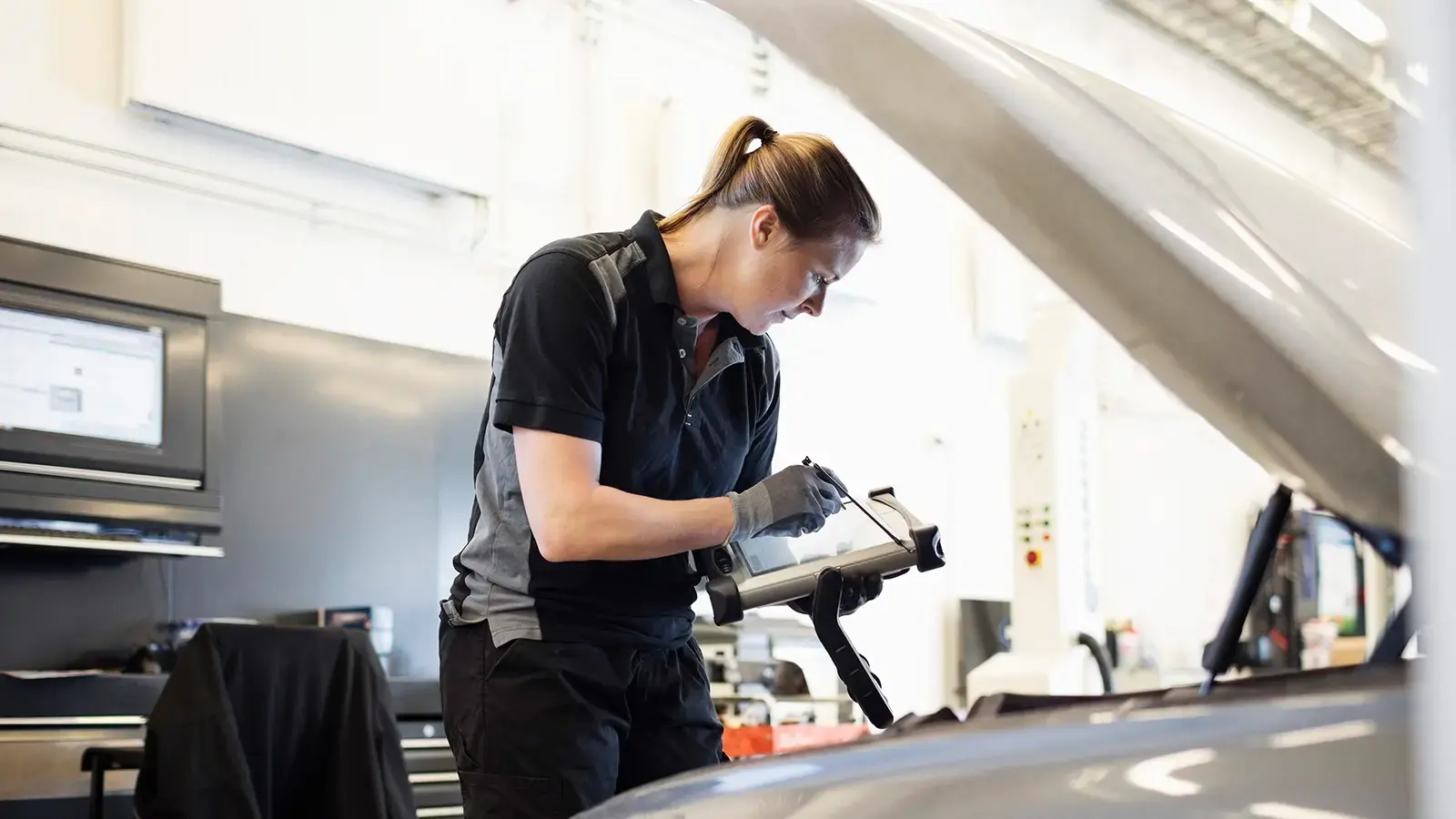Everyday Driving, Longer Trips
Plug-in hybrids (PHEVs) are designed to give drivers the best of both worlds - electric efficiency for everyday driving and gasoline reliability for longer trips. With two different powertrains working together, maintenance needs are a blend of traditional and modern systems. Thankfully, caring for a plug-in hybrid is usually easier and more affordable than you might think.
Routine Maintenance: What Still Applies
Since plug-in hybrids include a gasoline engine, many traditional service tasks still apply. You’ll want to stick to a regular maintenance schedule for these components, just as you would with a conventional gas car.
Gas-Powered System Checks:
- Oil and filter changes
- Spark plug inspection and replacement
- Coolant system checks
- Brake fluid and power steering fluid top-offs
- Suspension and tire rotations
- Air conditioning system service
Even though you may use the gas engine less often, it’s important to keep it in good shape so it’s ready when needed.
Hybrid-Specific Maintenance
Plug-in hybrids also come with electric components that require occasional attention. While these systems tend to be more durable and require less routine care, it’s still important to keep them in check.
Electric System Maintenance:
- Battery health check: Ensures your high-voltage traction battery is functioning efficiently.
- Inverter coolant: This coolant system keeps electric components from overheating.
- Charging port inspection: Regularly inspect for signs of wear or damage.
- Hybrid air filter: Keeps your electronics clean and dust-free.
- Regenerative braking system: Check for brake binding and monitor energy recovery performance.
Most of these items are inspected during routine service visits. Many dealerships now offer hybrid-specific diagnostics and technician training.
Lower Long-Term Maintenance Costs
Because the electric motor takes over for many low-speed and short-distance trips, your PHEV’s gasoline engine often works less than in a traditional vehicle. That means less wear and tear on engine parts, brakes, and fluids.
Also, regenerative braking reduces the need for frequent brake pad replacements. And electric motors have fewer moving parts than combustion engines, which generally leads to fewer mechanical failures over time.
Diagnostic Technology and Dealer Support
Modern PHEVs include onboard diagnostics that automatically monitor system performance. Service centers use specialized tools to read data from your vehicle and spot issues before they become costly problems.
If you’re taking your PHEV in for service:
- Look for ASE-certified technicians with hybrid training
- Ask about hybrid system checks during your routine visit
- Keep records of both electric and gas-related service work
How Often Should You Service a Plug-In Hybrid?
Most automakers recommend servicing your PHEV every 5,000 to 7,500 miles. However, it’s a good idea to check your owner’s manual for specific guidance. Electric-related maintenance intervals may be longer, while routine gas-related service (like oil changes) will depend on how much you use the internal combustion engine.
Keep Your Knowledge in Top Shape
See what ownership costs look like for plug-in hybrids:
← Go Back: Charging a Plug-In Hybrid
Discover Next: Plug-In Hybrid Ownership Costs: What to Expect →












